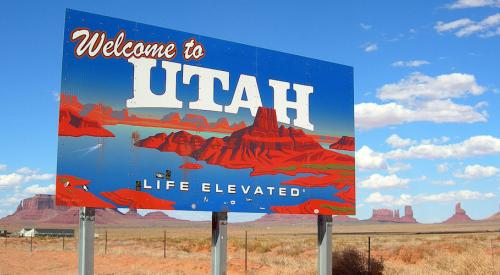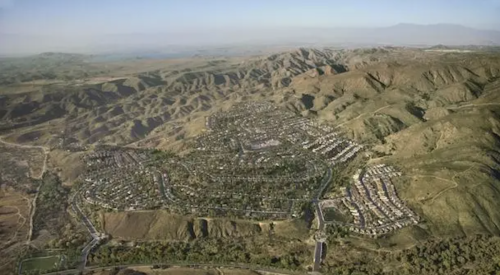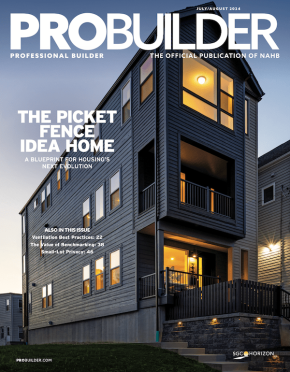Idaho's small towns are changing due to migration from other states. It starts like this: You want to move to a small town to get away from the hustle and bustle of major cities. So you choose one with affordable living and great amenities—and so do thousands of others. Suddenly, that quaint, sleepy-town vibe turns into something that resembles a small-scale version of what many transplants left behind: traffic, rising home prices, and a booming population. And this story is repeated again and again, especially in hot markets in places such as Boise, Idaho, that were once known for their small-town charm. These communities struggle to balance the business perks of a booming population with the potential loss of their identity.
STAR, Idaho—When JT and Mary Jo Turnipseed moved to this sleepy town of 6,000, they thought they had found the perfect place to retire from the stress of Southern California. They loved the smell of mint that drifted in from the farms, how neighbors knew each other by name and the general store that reminded them of the small Iowa town where they had both grown up.
That was six years ago.
Since then, Star, about 30 minutes west of Boise, has become the fastest-growing city in Idaho—one of the fastest-growing states in the nation. Over the past nine years, Star’s population has doubled to more than 10,000. Most of the growth has come from people like the Turnipseeds who uprooted from the West Coast to the greater Boise area—known as the Treasure Valley—drawn by the promise of less stressful and more affordable living. By 2040, Star’s population could surpass 35,000, according to city projections.
Now Star is grappling with some of the same problems the Turnipseeds left California to escape. The town’s main drag, where ranchers once drove their cattle, is clogged with traffic during rush-hour commutes. Sprawling subdivisions have sprouted up around farmland, as have new chain stores. The median home price has more than doubled to nearly $400,000 since 2010.
“We’re afraid that this will turn into what we left,” said Ms. Turnipseed, a retired college administrator.













